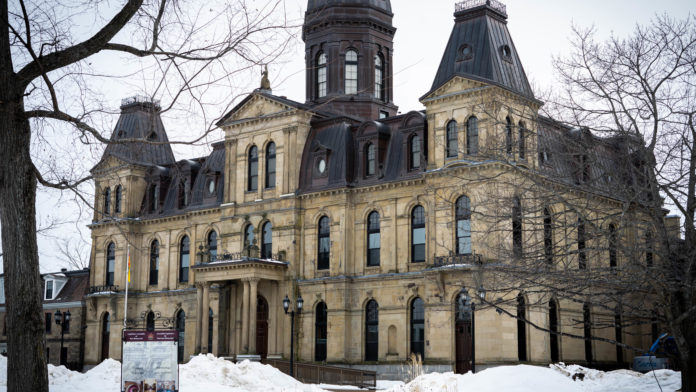

Educators and arts organizations are pushing for improved fine arts education in New Brunswick schools at all levels.
ArtsLink NB, a non-profit organization that supports artists throughout the province, released a report in 2019 that highlighted steps the provincial government needed to take to prioritize fine arts education.
Mandating fine arts credits and instructional hours, as well as offering post-secondary education to train and hire music specialists locally, are some items on the to-do list.
The report emphasized the importance of arts education, stating that “exposure to different forms of learning creates more neural pathways, which improves focus, memory and retention.”
Now, a few years after the report’s publication, the arts community and educators remain unsure what the province’s next steps will be.
Craig Woodcock, the head of the music department at Fredericton High School and the president of the New Brunswick Music Educators Association, described potential changes to the curriculums as a “moving target” changing daily.
He views a specific number of required fine arts courses from grades 10 to 12 as a step in the right direction.
“It’s a slow climb,” said Woodcock. “I think it does allow for students, especially in the senior grades, to pursue their passion or their dreams.”
Woodcock said students don’t always meet arts teachers who are experts in their field until their high school years. With fewer students in high school fine arts courses, there are “fewer students having that spark lit into a flame.”
Woodcock said the New Brunswick Music Educators Association also advocates for the province to create a set number of instructional hours in elementary and middle schools as they can fluctuate “wildly” depending on the school.
Another issue for arts education in the province is the lack of music programs at the post-secondary level.
With a lack of specialists forcing in gaps in music programs, he questions whether the impetus and governmental focus to have a strong fine arts education is enough to fill roles when cracks in programs arise.
Woodcock points to a TourismNB commercial that aired during the Super Bowl when thinking of arts education. Instead of people typing on computers or working in cubicles, the advertisement showed many musicians onstage.
“If they’re going to use that to sell our province all the time and then not back it up with policy and educational dollars to create the next generation of musicians … what’s that next Super Bowl commercial going to look like?”
